
I’ve Colourised These 100+ Year Old Photos Of American Child Labour, And Here's The Result
“There is work that profits children, and there is work that brings profit only to employers. The object of employing children is not to train them, but to get high profits from their work” – Lewis Wickes Hine (1874-1940)
Lewis Wickes Hine was an American sociologist and photographer, whose historical photos were instrumental in changing child labor laws in the United States.
Hine is my favorite photographer. Aside from being technically excellent, his black and white photographs are some of the most important ever taken. His record of the first half of the 20th century is a unique glimpse into the real lives of working-class America, and his work for the National Child Labor Committee (NCLC) was instrumental in bringing about change for the nation’s working children.
Hine’s vintage photos were not without risk. The immorality of child labor and employment laws were hidden away from the wider public at the time, and his exposure to the underhand practices posed a threat to the industry. He was threatened with violence and death from factory foremen and would resort to wearing disguises such as a fire inspector or industrial photographer (making a record of factory machinery) in order to gain access to the workshops.
As a photo colorizer, my aim is always to try and connect with the photo subjects on another level, something not always possible with a black and white photo. Hine’s interesting photos are perfect for this purpose as they are already very engaging pieces even before all the photo restoration. The eyes of these working kids are often the first thing we notice, and his photos are so crisp and focused that I believe the addition of color really helps to bring them to life.
As always in the digital age, it is easy to scroll past black and white photos without giving them a second glance, so I hope people will stop to look at these old photos and learn more about the children pictured.
All original images © Lewis Wickes Hine courtesy of the US Library of Congress. Colourised images © Tom Marshall (PhotograFix) 2018.
More info: photogra-fix.com | Facebook
9-year-old Johnnie and the shucking-boss, in Dunbar, Louisiana, March 1911
Shucking is the process of removing shells from shellfish. The original caption states that the shucking boss pictured was also a ‘padrone’, an employer who exploits immigrant workers. The caption continues that for four years he has brought these people from Baltimore.
Michael McNelis, age 8, a newsboy
This boy had just recovered from his second attack of pneumonia and was found selling papers in a big rain storm. The photo was taken by Lewis Wickes Hine in Philadelphia, Pennsylvania in June 1910. The man taking the boy’s details is likely Hine’s assistant.
Jennie Camillo, an 8 year old cranberry picker, Pemberton, New Jersey, 1910
12 year old newsboy Hyman Alpert, who had been selling newspapers for 3 years when this photo was taken in March 1909, in New Haven, Connecticut
This photo show garment workers Katrina De Cato (6), Franco Brezoo (11) Maria Attreo (12) and her sister Mattie Attreo (5) at 4pm, 26th January 1910 in New York City
One of the underprivileged, Hull House, Chicago 1910
Roland, an 11 year old newsboy from Newark, New Jersey
Raymond Klose (middle), newsboy, 13 years old, St. Louis, Missouri US, 1910
The photograph was taken by Hine at 11am, Mon May 9th 1910. Original caption read “Newsies at Skeeter’s Branch, Jefferson near Franklin. They were all smoking.”
5 year old Preston, a young cartooner in Eastport, Maine, 17th August 1911
Hine said of Preston; “I saw him at work different times during the day, at 7 A.M, in the afternoon, and at 6 P.M., and he kept at it very faithfully for so young a worker.”
This final photo was taken a few years later, in 1924
I decided to include it to show a different view of childhood, hopefully depicting a better outcome and improved conditions for America’s children at the time.
270Kviews
Share on Facebookwow and that is historical, today it is just not so accepted but just as common. Not only in India... behind closed doors for sure- like the kids sewing. This hurts my Heart. I am not for pampering Kids until they are 44 but at age 5, 10, 12, etc. you should be just that... a child.
Not 5 year old, does not actually say but I bet around 3
Load More Replies...wow and that is historical, today it is just not so accepted but just as common. Not only in India... behind closed doors for sure- like the kids sewing. This hurts my Heart. I am not for pampering Kids until they are 44 but at age 5, 10, 12, etc. you should be just that... a child.
Not 5 year old, does not actually say but I bet around 3
Load More Replies...
 Dark Mode
Dark Mode 

 No fees, cancel anytime
No fees, cancel anytime 















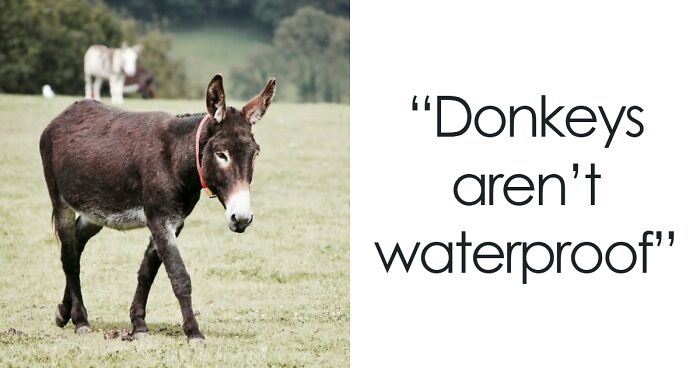





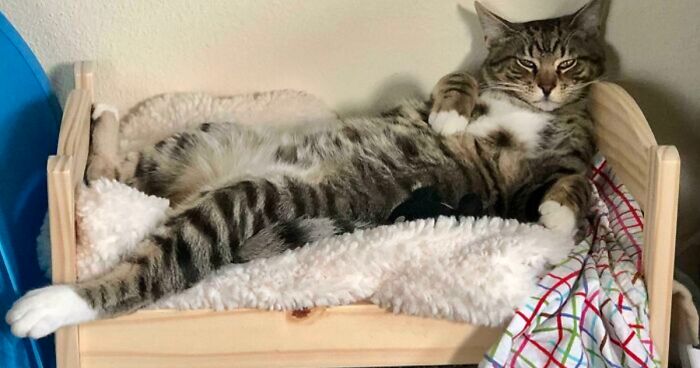







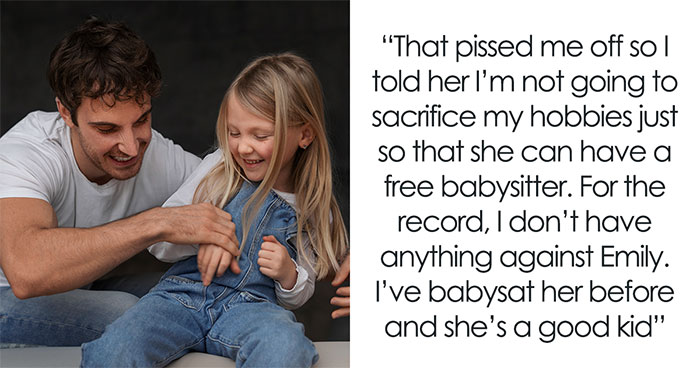
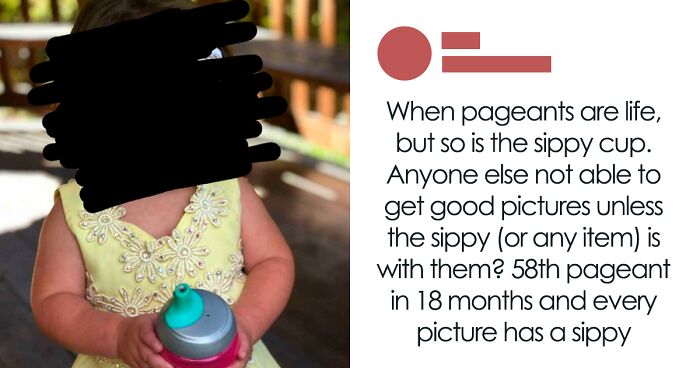



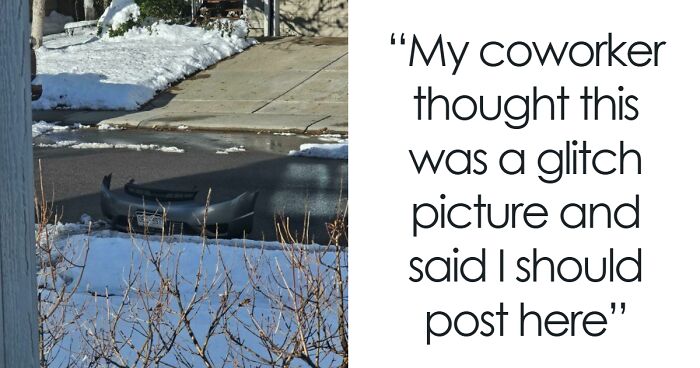
365
51